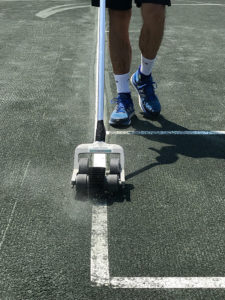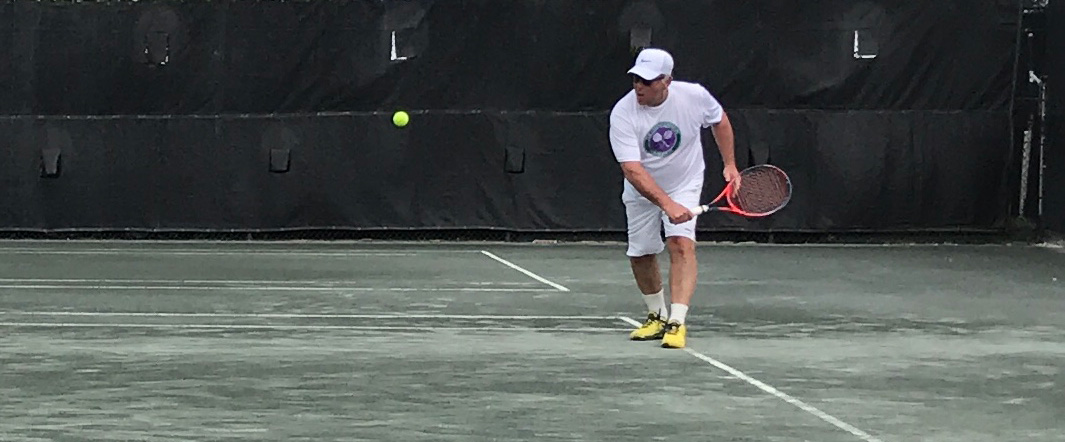 Playing on clay leaves players more physically and emotionally satisfied than other surfaces. The physical satisfaction comes from playing long points and long matches without over-stressing the knees, back, and lower extremities. The emotional satisfaction comes from the thinking, creating, and tactical responding that goes into each point and each match.(hartru.com)
Playing on clay leaves players more physically and emotionally satisfied than other surfaces. The physical satisfaction comes from playing long points and long matches without over-stressing the knees, back, and lower extremities. The emotional satisfaction comes from the thinking, creating, and tactical responding that goes into each point and each match.(hartru.com)
The slower court, increased rallies and wide variety of shots require your game to be at its best. To help you adjust to the nuances of clay court tennis, here are six strategies for perfecting your clay game.
Build Your Endurance
Although clay is a lower-impact game, the long rallies mean you must be in top condition. Your endurance will be tested in the longer matches mixed with intermittent short bursts of speed where balance, flexibility and composure are vital for economy of shot.
Diversify Your Portfolio
Playing on clay gives you a chance to use every shot in your repertoire. Cross-courts, drops, slices and topspin groundstrokes are essentials. And ball placement is crucial. If your arsenal doesn’t contain these gems it’s time to practice up, especially with tennis drills that involve at least six shots.
All About the Angle
The serve and volley associated with hard court games is tough to reproduce on clay. Your best tactic is to drill cross-court shots and keep your opponent moving. You may have to hit a number of shots before you get the right chance to win the point. Eventually you will find yourself with a wide-open court where the wins are just a tap away.
The Slide
Although sliding into a shot isn’t essential, it sure looks good. Sliding on clay takes a little getting used to at first, but is an effective way to slow momentum and prepare you for the return. Try sliding on a smooth surface at home wearing socks. Notice how the pros do it using the toe of their back foot to assist the stop and aid in the transition.
Patience, The Toughest Virtue
The slowness of clay refers not only to the slower speed of the bounce, but also the increased time involved in winning the set. Although down-the-line wins may come easy at first, once you tire you’ll find your unforced errors increasing or your return dropping in speed. Instead of relying on your hard court strategy, stick to the cross-court game plan and wait for your winner opening.
Hit Behind Your Opponent
Clay is a slippery surface to play on and makes it difficult to change direction quickly. A good strategy when playing on clay is to aim your shots behind your opponent in hopes that they won’t have the time or agility to change direction and return. The downside: Be ready for your opponent to do the same thing to you.
To succeed in tennis, players must be able to create and adapt, to attack and defend, to lose an agonizingly long point and still be ready for the next one. These attributes are best learned on clay.

Source: Active.com – Michael Cramton
